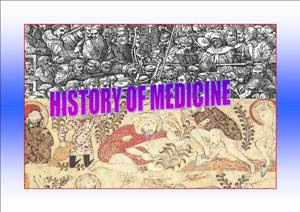Packaging Perception and Functions
Despite its crucial role in ensuring the delivery of goods in optimal condition, packaging is often viewed as an unavoidable inconvenience or an unnecessary expense. Many consumers perceive it as somewhat superfluous or, at its worst, a significant burden on resources and a threat to the environment.
These perspectives stem from a lack of awareness or a failure to fully consider the various functions that packaging serves. When consumers encounter a package, its primary tasks are often already completed, making concerns about excessive packaging somewhat understandable.
Packaging, defined as a socio-scientific discipline operating in society, ensures the delivery of goods to end consumers in the best condition for their intended use. The Packaging Institute International characterizes packaging as the enclosure of products in various forms (pouches, bags, boxes, cups, trays, cans, tubes, bottles) to fulfill functions such as containment, protection, preservation, communication, utility, and performance.
It is crucial to differentiate between the terms "package," "packaging," and "packing." The package refers to the physical entity containing the product, while packaging involves both the enclosure of products and a discipline. The verb "packing" is the action of enclosing an individual item or several items in a package or container.
Packaging Perception and Functions Read more...












